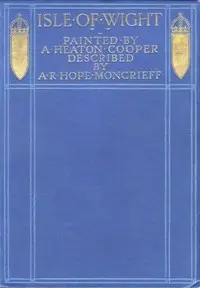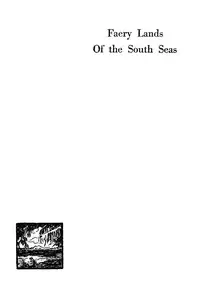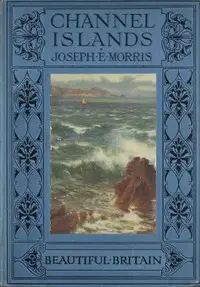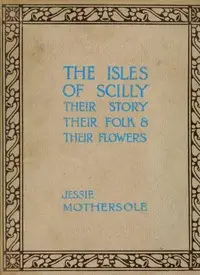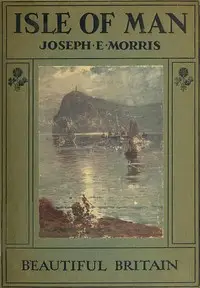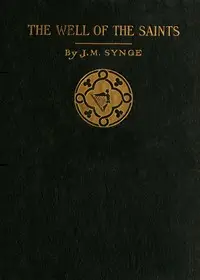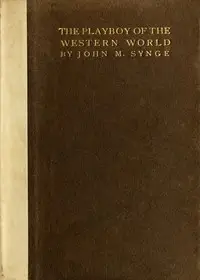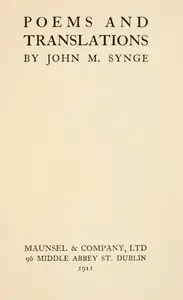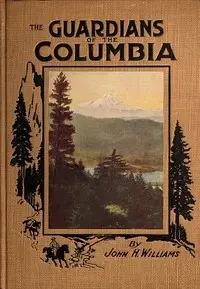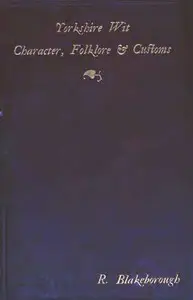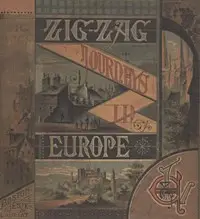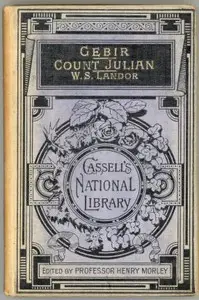"The Aran Islands" by J. M. Synge is a travel story that unfolds in the late 1800s, sharing the author's personal journey into the heart of the Aran Islands, located off Ireland's west coast. Synge paints a vibrant picture of the islanders, their way of life, their Gaelic language, their customs, and the breathtaking but unforgiving landscape, while revealing the complex relationship of the community with their surroundings. The story begins with an introduction to the rugged beauty of Aranmor, Inishmaan, and Inishere, where the author begins his exploration. As Synge connects with locals, like a storyteller who is blind, he uncovers the essence of this isolated community and its rich cultural heritage. With striking imagery, the book captures the mood of isolation and endurance that defines life on the islands, setting the scene for an inside look at their mythology, customs, and the everyday battles against the elements.

The Aran Islands
By J. M. (John Millington) Synge
Journey to a remote Irish island where a traveler discovers a world of rugged beauty, ancient traditions, and resilient people.
Summary
About the AuthorEdmund John Millington Synge was an Irish playwright, poet, writer, collector of folklore, and a key figure in the Irish Literary Revival. His best-known play The Playboy of the Western World was poorly received, due to its bleak ending, depiction of Irish peasants, and idealisation of patricide, leading to hostile audience reactions and riots in Dublin during its opening run at the Abbey Theatre, which he had co-founded with W. B. Yeats and Lady Gregory. His other major works include In the Shadow of the Glen (1903), Riders to the Sea (1904), The Well of the Saints (1905), and The Tinker's Wedding (1909).
Edmund John Millington Synge was an Irish playwright, poet, writer, collector of folklore, and a key figure in the Irish Literary Revival. His best-known play The Playboy of the Western World was poorly received, due to its bleak ending, depiction of Irish peasants, and idealisation of patricide, leading to hostile audience reactions and riots in Dublin during its opening run at the Abbey Theatre, which he had co-founded with W. B. Yeats and Lady Gregory. His other major works include In the Shadow of the Glen (1903), Riders to the Sea (1904), The Well of the Saints (1905), and The Tinker's Wedding (1909).

